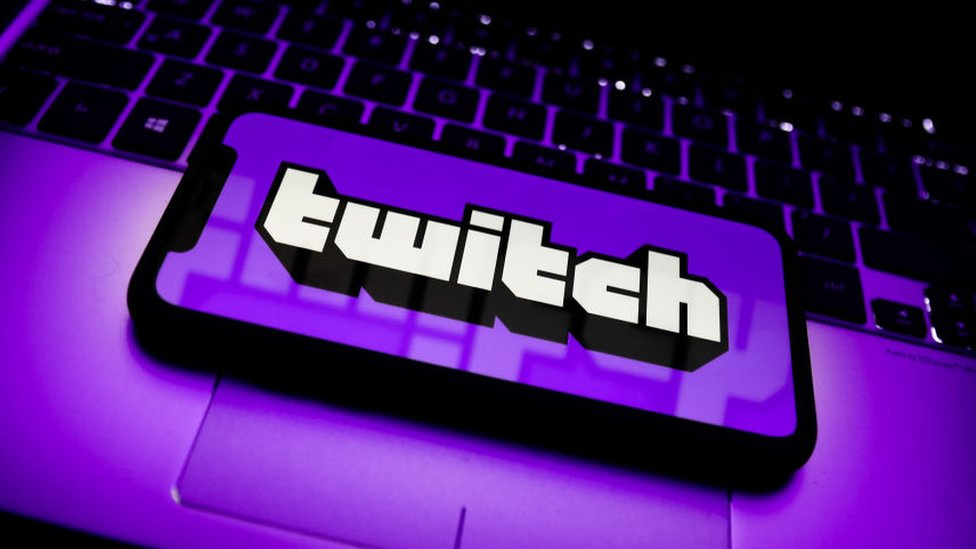In response to the recent controversy surrounding the “topless meta,” Twitch is making significant changes to its policy on sexual content. The streaming platform, known for its struggles in moderating such content consistently, is now allowing certain previously restricted material, provided it comes with a warning label.
Several streamers went viral in early December for seemingly appearing topless through creative framing techniques. One streamer and OnlyFans model, Morgpie, was banned by Twitch after a topless stream, but she clarified that the ban was for “off-screen [boob] clapping,” not for participating in the “topless meta.”
Twitch’s inconsistent handling of such instances, including bans and warnings, led to widespread criticism. Like the hot tub meta of 2021 and previous controversies involving “boobie streamers,” the recent incident triggered anger and accusations against successful women on the internet. The belief that women use their looks and sex appeal to gain an unfair advantage over other streamers has fueled these debates and often led to harassment.
In light of this, Twitch is introducing new guidelines to provide clarity and address the challenges posed by the “topless meta.” The company is now allowing content that deliberately highlights breasts, buttocks, or pelvic regions, even when fully clothed, as long as it carries a Content Classification Label (CCL). This label, introduced in June, enables creators to forewarn users about streams containing sexual themes, gambling, vulgarity, or other mature content.
Twitch’s Chief Customer Trust Officer, Angela Hession, emphasized the need for clearer guidelines, stating, “We updated our policies after receiving consistent feedback from streamers that they were confusing, and that it can be difficult to know how their content will be interpreted.”
The platform is expanding allowances for streamers, permitting activities such as writing on their bodies, aligning with Twitch’s body art policies. Strip teases, twerking, grinding, and pole dancing are also now allowed, provided they are appropriately labeled for sexual content.
The changes also benefit artists on the platform, as Twitch now allows the streaming of drawing with a focus on fictionalized sexual body parts, requiring the sexual themes label. However, art depicting “fictionalized sexual acts or masturbation” remains prohibited.
Despite these relaxations, Twitch maintains strict prohibitions on sex games, sexual violence, and explicit pornography. Streams labeled with sexual content will remain off Twitch’s homepage, contributing to a more controlled and regulated streaming environment.
Twitch’s new policy changes have received a mostly positive reception, especially from impacted streamers and the art community. Morgpie, the streamer who was banned, praised Twitch for the handling of its new guidelines, stating, “I think this is a great way to handle this, bravo.”
In an effort to ‘find the line’, Streamer PayMoneyWubby quickly exploited these changes by viewing live streams of artists creating what some deemed as “crude” drawings. The artists, however, ended up facing bans while PayMoneyWubby remained unaffected.
This incident underscores the persisting ambiguity surrounding the boundaries set by Twitch’s revised guidelines. The platform aims to strike a balance between allowing creative expression and enforcing community standards. The situation raises questions about how Twitch will navigate and refine its policies to address emerging issues and avoid potential exploitation.
While the intention behind the policy updates is to provide transparency and reduce confusion, the PayMoneyWubby case demonstrates that challenges remain in determining what constitutes acceptable content within the revised framework. Twitch may need to further refine its guidelines and enhance enforcement mechanisms to prevent such exploitations and ensure fair treatment for all streamers.
As Twitch continues to grapple with evolving content expectations and community feedback, the platform faces the ongoing task of adapting its policies to create a safe and inclusive environment for its diverse user base.








